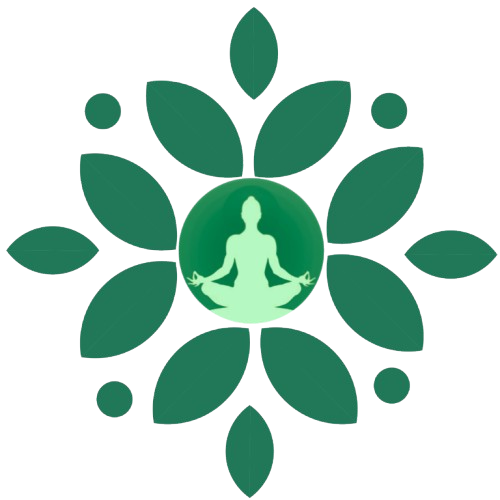What are the differences between traditional and digital tarot readings?
Tarot reading has evolved from intimate, face-to-face sessions to a wide range of digital experiences. While the core symbolism of tarot remains consistent, the way people access and experience readings varies significantly between traditional and digital formats.
Traditional tarot readings typically involve physical interaction, where the reader and querent engage in a shared energetic space. Digital readings, on the other hand, offer convenience, anonymity, and sometimes automation—reshaping how people connect with the cards.
📜 Personal Connection
Traditional tarot involves a live reader, allowing for nuanced interpretation and a shared emotional atmosphere. Body language and energy play an essential role in the session.
💻 Accessibility & Speed
Digital tarot is accessible 24/7, often via apps or websites. These platforms offer immediate readings, sometimes using algorithms, or connect users with online psychics around the world.
🎴 Physical vs. Virtual Cards
In-person sessions use physical tarot decks, adding a tactile and ceremonial element. Digital readings use virtual decks, which can lack sensory depth but offer visual variety and interactivity.
🧭 Interpretation Styles
Traditional readers may tailor the interpretation to your energy and questions, while digital platforms may follow pre-set meanings or AI-driven insights that lack human nuance.



